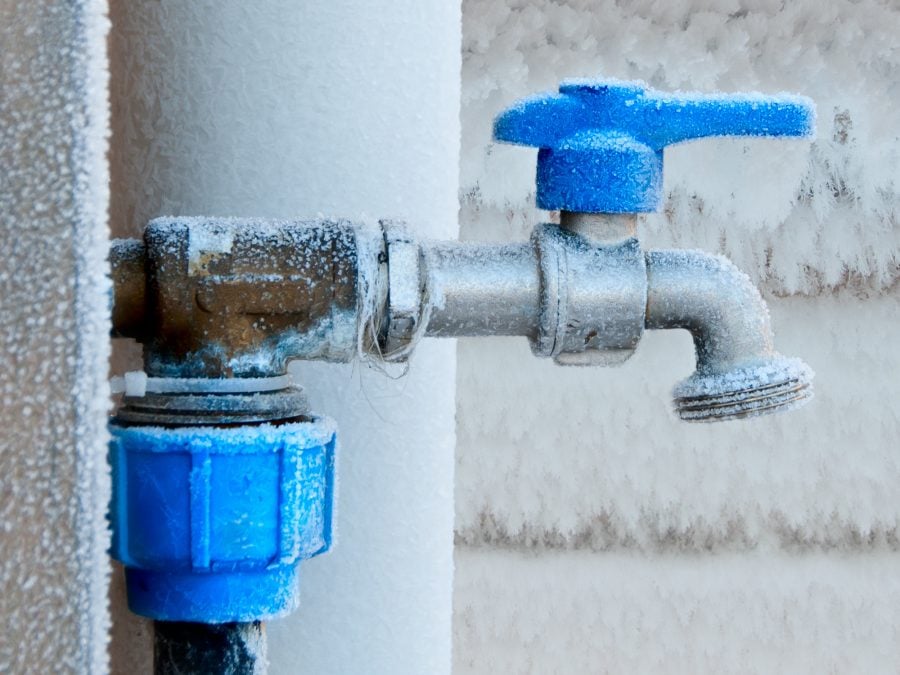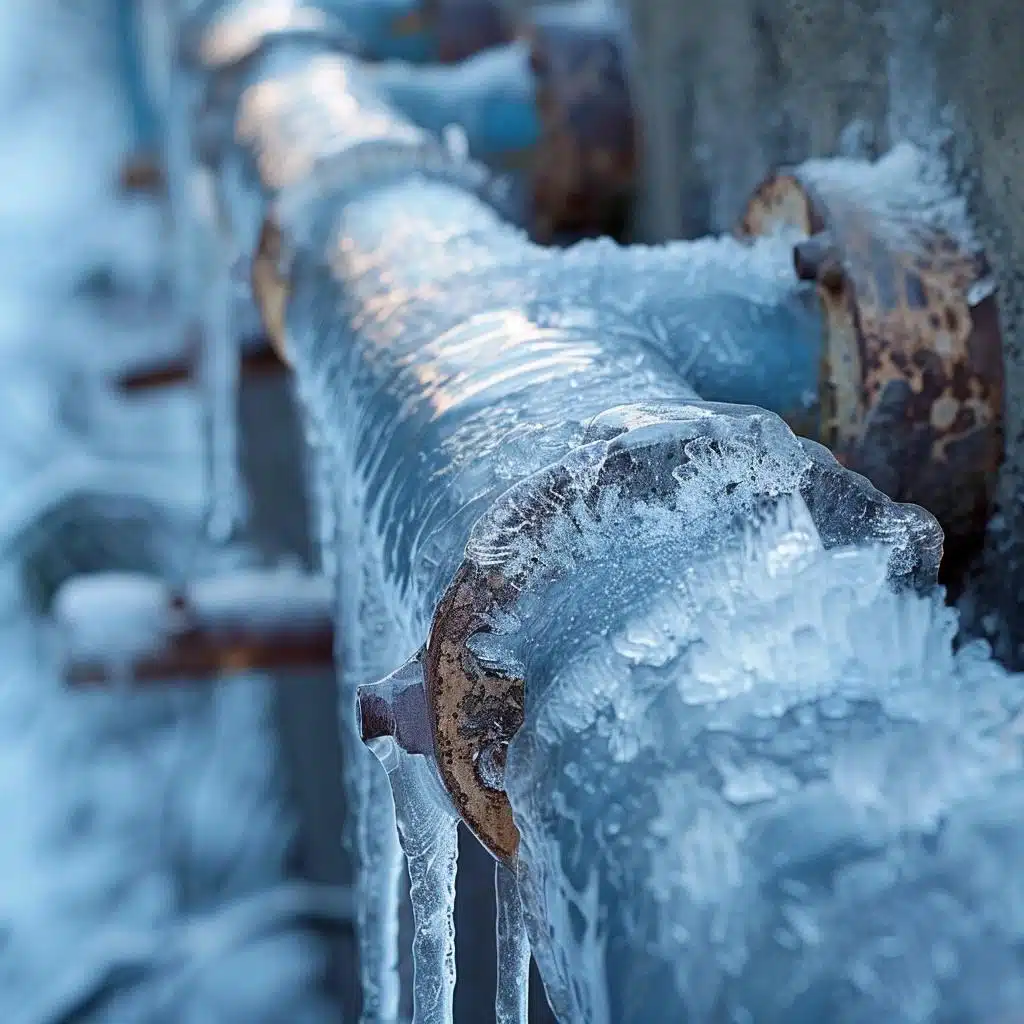Listed here further down you can find lots of amazing additional info with regards to Winter Plumbing Precautions: Preventing Frozen Pipes.

Cold weather can wreak havoc on your pipes, especially by freezing pipes. Below's exactly how to avoid it from happening and what to do if it does.
Intro
As temperature levels decline, the risk of frozen pipes rises, potentially causing pricey repair services and water damages. Recognizing how to avoid icy pipelines is critical for house owners in cool environments.
Prevention Tips
Shielding at risk pipelines
Cover pipelines in insulation sleeves or use warm tape to secure them from freezing temperature levels. Concentrate on pipes in unheated or external locations of the home.
Home heating techniques
Maintain indoor areas appropriately heated, particularly areas with plumbing. Open up cupboard doors to allow cozy air to circulate around pipelines under sinks.
How to determine icy pipes
Seek decreased water flow from taps, uncommon smells or noises from pipelines, and visible frost on exposed pipelines.
Long-Term Solutions
Architectural changes
Think about rerouting pipelines far from exterior walls or unheated areas. Add extra insulation to attic rooms, basements, and crawl spaces.
Upgrading insulation
Purchase top notch insulation for pipelines, attics, and wall surfaces. Correct insulation aids maintain consistent temperatures and decreases the danger of icy pipes.
Protecting Exterior Pipes
Garden tubes and outdoor faucets
Detach and drain garden tubes prior to wintertime. Mount frost-proof faucets or cover outdoor faucets with insulated caps.
Comprehending Icy Pipes
What creates pipes to ice up?
Pipelines ice up when exposed to temperature levels listed below 32 ° F (0 ° C) for prolonged durations. As water inside the pipelines ices up, it broadens, putting pressure on the pipeline walls and potentially creating them to rupture.
Threats and damages
Icy pipelines can cause water disturbances, residential or commercial property damage, and expensive repairs. Burst pipelines can flooding homes and create comprehensive structural damages.
Indicators of Frozen Water Lines
Identifying frozen pipes early can avoid them from rupturing.
What to Do If Your Pipelines Freeze
Immediate activities to take
If you suspect icy pipelines, keep faucets available to ease stress as the ice thaws. Make use of a hairdryer or towels taken in warm water to thaw pipelines slowly.
Final thought
Preventing icy pipes requires proactive measures and quick reactions. By recognizing the reasons, indications, and preventive measures, property owners can shield their pipes throughout cold weather.
5 Ways to Prevent Frozen Pipes
Drain Outdoor Faucets and Disconnect Hoses
First, close the shut-off valve that controls the flow of water in the pipe to your outdoor faucet. Then, head outside to disconnect and drain your hose and open the outdoor faucet to allow the water to completely drain out of the line. Turn off the faucet when done. Finally, head back to the shut-off valve and drain the remaining water inside the pipe into a bucket or container. Additionally, if you have a home irrigation system, you should consider hiring an expert to clear the system of water each year.
Insulate Pipes
One of the best and most cost-effective methods for preventing frozen water pipes is to wrap your pipes with insulation. This is especially important for areas in your home that aren’t exposed to heat, such as an attic. We suggest using foam sleeves, which can typically be found at your local hardware store.
Keep Heat Running at 65
Your pipes are located inside your walls, and the temperature there is much colder than the rest of the house. To prevent your pipes from freezing, The Insurance Information Institute suggests that you keep your home heated to at least 65 degrees, even when traveling. You may want to invest in smart devices that can keep an eye on the temperature in your home while you’re away.
Leave Water Dripping
Moving water — even a small trickle — can prevent ice from forming inside your pipes. When freezing temps are imminent, start a drip of water from all faucets that serve exposed pipes. Leaving a few faucets running will also help relieve pressure inside the pipes and help prevent a rupture if the water inside freezes.
Open Cupboard Doors
Warm your kitchen and bathroom pipes by opening cupboards and vanities. You should also leave your interior doors ajar to help warm air circulate evenly throughout your home.

We were made aware of that article on 6 Ways to Prevent Frozen Pipes from a pal on our other web blog. If you enjoyed our blog posting please be sure to share it. I appreciate your readership.
Visit Website